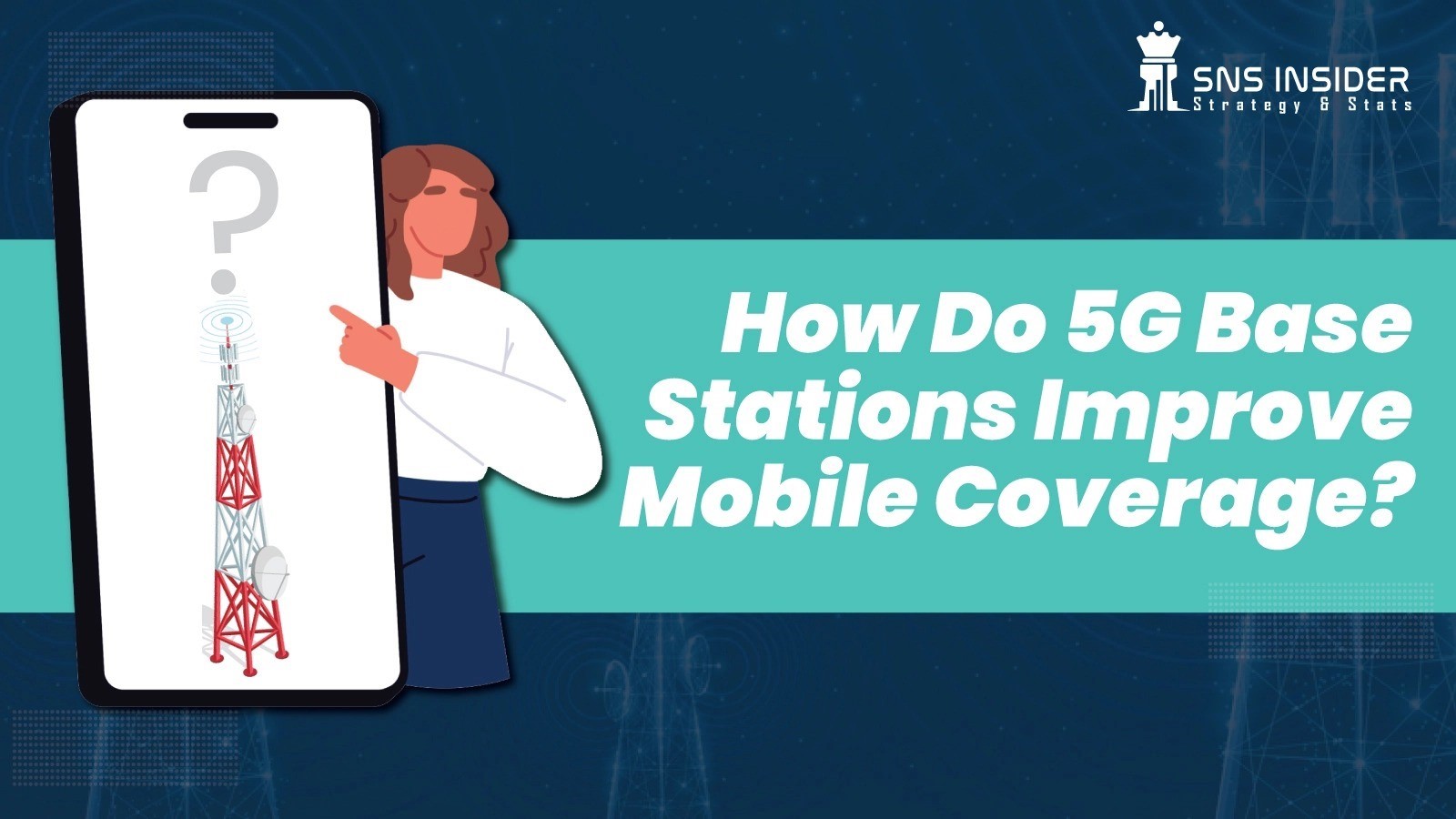
Explore how 5G base stations boost mobile coverage with speeds up to 100x faster, supporting billions of devices, and driving a $340.3 billion market by 2032.
The rollout of 5G technology is revolutionizing mobile connectivity, promising to deliver faster speeds, lower latency, and greater capacity. 5G base stations are at the forefront in this transformation since they help extend the mobile coverage and also enhance it, these are electronic devices that facilitate mobile communication. Through understanding how these base stations operate, Sonja states that it is possible to comprehend the valuable contribution they make.
1. Improved speed and capacity
5G base stations play a fundamental role in improving the speed and capacity of mobile networks. Users are enabled to download huge documents, stream videos even in high definition, and use real-time applications without any procurements since there is sufficient and ultra-fast data transfer.
2. Reduced Latency for Real-Time Applications
Latency, the time it takes for data to travel from a device to the network and back, is drastically reduced with 5G. Traditional 4G networks typically have a latency of around 50 milliseconds, but 5G networks can reduce this to as little as 1 millisecond. This low latency is critical for applications that rely on real-time data, such as autonomous vehicles, virtual reality (VR), and remote surgery.
3. Expanded Coverage Through Small Cells
A major drawback of the prior generations of the mobile system was a consistent availability of coverage provision, especially in the populated and indoor regions.
4. Supporting a Massive Number of Devices
The growing adoption of IoT devices, smart homes, and autonomous machinery is putting increasing pressure on existing networks. 5G base stations are designed to handle the growing demand for connectivity by supporting a vast number of devices on the network simultaneously.
Market Growth and Investment in 5G Base Stations
The 5G base station market is poised for significant growth. In 2023, the market size was valued at USD 31.7 billion, and it is projected to reach USD 340.3 billion by 2032, with a compound annual growth rate (CAGR) of 30.2%. This impressive expansion is largely driven by the growing investments from governments and telecom operators to upgrade network infrastructure. For example, the U.S. government has allocated approximately $9 billion for 5G expansion, with additional funding proposed for rural broadband deployment.
Approximately 50% of total 5G investments have gone toward hardware, underscoring its importance in ensuring network stability and scalability. As global data traffic has more than doubled in recent years, the demand for high-performance network instruments has also surged, leading telecom operators to prioritize investment in robust hardware solutions.
In Conclusion,
5G base stations are transforming mobile networks by providing faster speeds, lower latency, and the ability to support a vast number of connected devices. With advancements such as millimeter-wave technology, massive MIMO, and small cells, these base stations are not only improving coverage but also enabling the seamless integration of new technologies like IoT and autonomous vehicles.
The market for 5G base stations is set for rapid growth, driven by government investments and the increasing demand for enhanced mobile connectivity. As this infrastructure expands, the future of mobile communication looks more connected and efficient than ever. Connect with us for a detailed report!